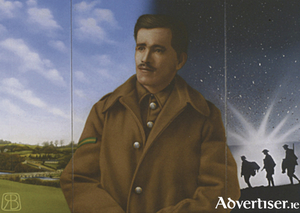Search Results for 'Corporal'
17 results found.
'My writing background is not Joyce or Yeats but the Americans'
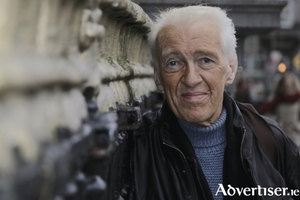
The Ghosts Of Galway, Ken Bruen’s 13th Jack Taylor novel, has just been published and to mark its arrival Bruen met me in the Hotel Meyrick last Monday to range widely over his eventful life and acclaimed work.
Temperance, teanga and throw-ins
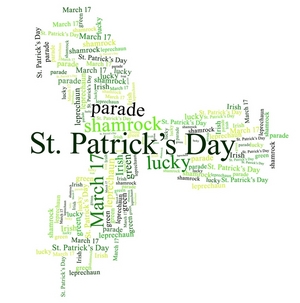
Though a feast day on the Catholic calendar since the 1600s, St. Patrick's Day only became a public holiday in Ireland in 1903. Prior to the early 20th century and a structured national approach to honouring the saint, the Briton was resurrected from time to time and pushed to the front of many campaigns. The feast day's events, which drew large crowds, were always managed either directly, or were heavily influenced, by the local Catholic church. That is not surprising, Patrick was a Christian after all. Many pre-Famine St Patrick's Day events were organised by the temperance movement, headed by Fr Theobald Mathew. The movement encouraged the Irish nation to pledge to abstain from alcohol for corporal and spiritual betterment, but sometimes with mixed results. The St Patrick's Day teetotallers procession through Castlebar in 1841 was not one of that organisation's high points. The march was to be a show of strength, an opportunity for the Rev Gibbons to display his and his members' accomplishments. Frustratingly for Gibbons, a large number of the group arrived to take up their places in the parade’s ranks while under the influence, having soundly violated their pledges. The non-teetotaller band abandoned the depleted parade midway through to join the town’s festivities, causing the temperance leaders to consider organising a teetotal band of their own that they could depend on.
Ballyhaunis gears up to remember one of its own next year
The story of Patrick Gallagher is something that is truly heroic and is more likely to be seen on a silver screen, rather than coming from a west of Ireland town.
GCC students visit Dáil Éireann as part of campaign to recognise veterans of Jadotville
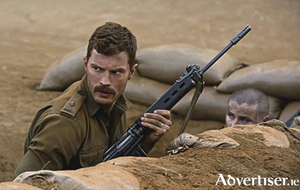
A group of fifth year Galway Community College students visiting Dáil Éireann today plan to meet local TDs in a bid to garner support for their petition asking that medals be awarded to the the officers and NCOs of A Company, 35th Battalion, for their acts of bravery during the 1961 Siege of Jadotville.
The Plough and the Stars
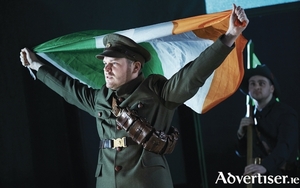
NEXT WEEK sees a real highpoint of the Town Hall Theatre calendar when the Abbey Theatre arrives with its invigorating new production of Sean O’Casey’s The Plough and the Stars, directed by Olivier Award winner, Sean Holmes.
Galway in the weeks leading up to the Rising
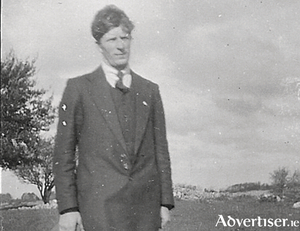
On Tuesday 25 April 1916, Galway became the only county outside of Leinster to take up arms against the British state during the Easter Rising. In fact, only three parts of provincial Ireland participated in the Rising: Enniscorthy in county Wexford; Ashbourne in north county Dublin; and county Galway, where several hundred rebels took over 600 square miles of the east of the county between Tuesday 25 April and Saturday 29 April. Commemorative documentaries and history books pay little attention to the Galway Rising with the focus tending to be on the more dramatic events that took place in Dublin, but Galway’s Rising was an important part of the story of the Easter Rising; and the story of the hundreds of brave Galway men who stood up to the British Empire in April 1916 deserves to be told in detail. In this series of five articles, FERGUS CAMPBELL will explain why Galway rose when so many other parts of provincial Ireland did not, and he will also tell the story of what happened in Galway during the Rising, and the impact that the Rising had on Galway society. This account is based on many documents, police reports, newspaper accounts and memoirs but most of the quotations are derived from the witness statements that Galway rebels made to the Bureau of Military History during the 1940s and 1950s, and these can be read online.
